SAN DIEGO-How much will I make? That question is, understandably, front and center for many otolaryngology residents and fellows weighing their first career opportunity.
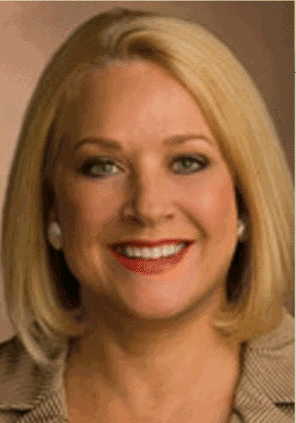

SAN DIEGO-How much will I make? That question is, understandably, front and center for many otolaryngology residents and fellows weighing their first career opportunity.
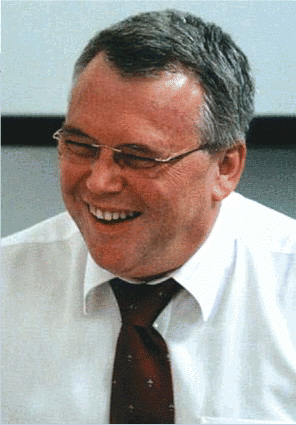
Nasal polyposis has been a source of suffering for patients and a vexing problem for doctors. Polyps are associated with so many different conditions-from aspirin intolerance to infections-so figuring out the body’s processes that bring polyposis about has been a tall order.
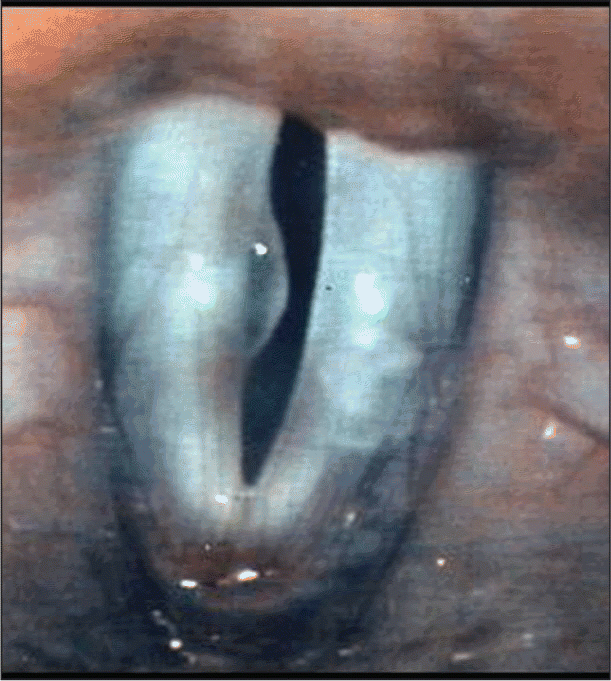
Part 2 of 2 articles
Cysts on vocal folds can be complicated lesions to manage: Postsurgical healing can be difficult to forecast, and the effects on the voice can also be difficult to determine until after surgery.
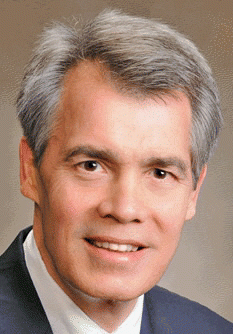
President Obama has made an astonishing discovery: We’re not producing enough primary care doctors, he recently told Congress. Although this may be news to the president’s minions, physician groups, legislators, insurers, and patients are all well aware of the dearth of generalists.
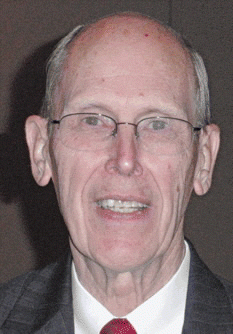
PHOENIX-As James D. Smith, MD, took his place behind the lectern to prepare to speak about what America’s role should be in the instruction of physicians in underprivileged and disease-stricken countries, a question was posed on the screen next to him: Do we have a responsibility to help?

Oral, head and neck cancer screening is critical to early detection-but otolaryngologists often find that they aren’t reaching the populations at highest risk for the disease. Consequently, many physicians are taking the initiative to develop novel and creative outreach programs to target people who are likely to regularly use tobacco and alcohol, as well as individuals who do not have ready access to health care.

PHOENIX-Eosinophilic esophagitis is a serious, growing problem that is little understood by many otolaryngologists, according to panelists discussing the disease. Some doctors who specialize in swallowing disorders acknowledged that they were not even aware of the problem, let alone well versed in diagnosing and treating the illness, according to results of a survey completed by 80 members of the American Broncho-Esophagological Association (ABEA).
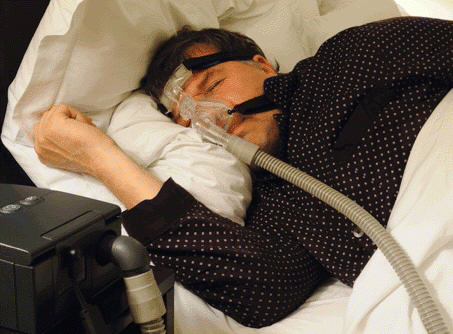
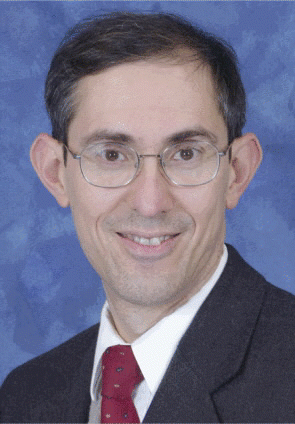
Although eustachian tuboplasty is in its infancy and specific criteria and indications for its use have not yet been established, researchers hope that it might provide a viable alternative to using pressure equalization tubes or tympanostomy for chronic eustachian tube dysfunction.
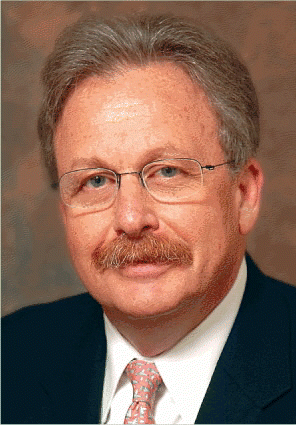
PHOENIX-Mentors seem to be a dying breed, but they shouldn’t be. Indeed, the importance of mentors was stressed in the Triological Society’s Presidential Address by Myles L. Pensak, MD, at the recent Combined Otolaryngological Spring Meeting here.